The Roar That Travels Five Miles
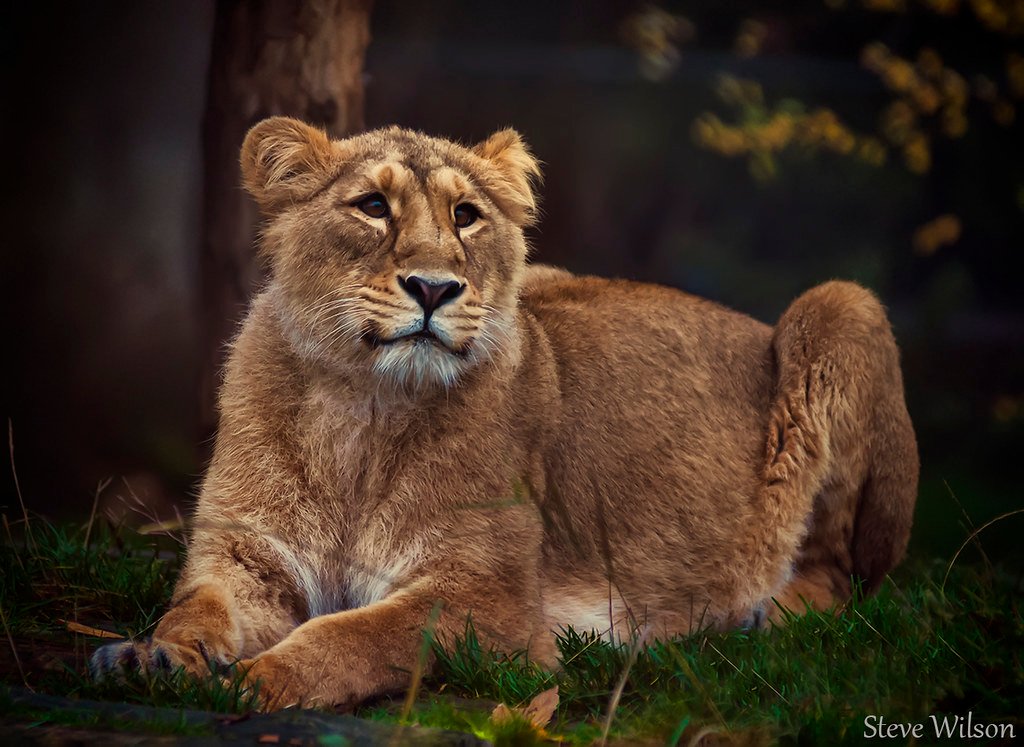
A lion’s roar isn’t just noise—it’s a powerful statement that can be heard from five miles away. This bone-shaking sound serves as a GPS system for the pride, helping scattered members find each other across vast territories. The roar also warns rival lions to stay away, essentially marking invisible property lines in the wild. What’s incredible is that each lion has a unique roar, like a vocal fingerprint. When you hear that thunderous sound echoing across the savanna, you’re witnessing one of nature’s most effective communication systems in action.
Male Lions Sleep 20 Hours a Day
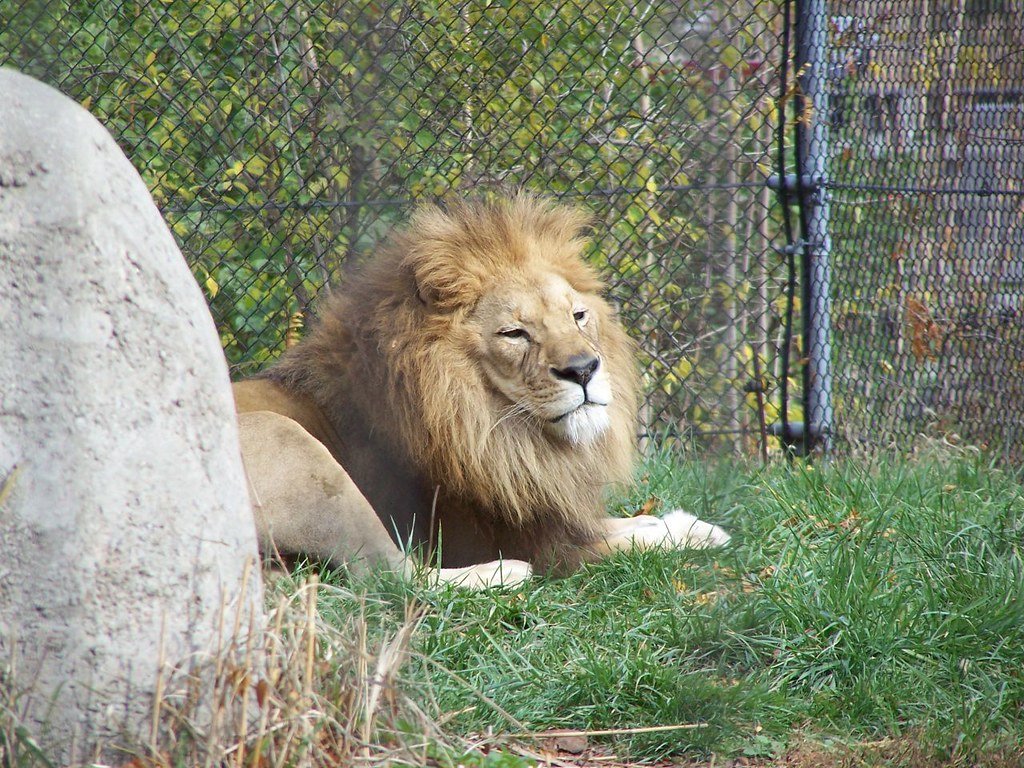
While we might think of lions as constantly prowling and hunting, male lions are actually champion sleepers. They snooze for an impressive 20 hours each day, making them one of the laziest animals on the planet. This isn’t pure laziness though—it’s smart energy conservation in the harsh African heat. Lions are most active during the cooler dawn and dusk hours when hunting is more successful. Think of it like saving your phone battery for when you really need it. Their massive bodies require enormous amounts of energy, so all that sleeping helps them stay ready for action when it counts.
Lionesses Do 90% of the Hunting

Here’s a fact that might surprise you: the fierce-looking male lions with their impressive manes rarely do the hunting. The lionesses handle about 90% of all kills, working together like a perfectly coordinated sports team. They use sophisticated strategies, surrounding prey and taking turns to exhaust their target. Males typically only join the hunt when facing particularly large or dangerous prey like buffalo. After the lionesses make the kill, the males often push their way to the front of the dinner line—talk about questionable table manners!
Mane Color Reveals a Lion’s Fighting Power
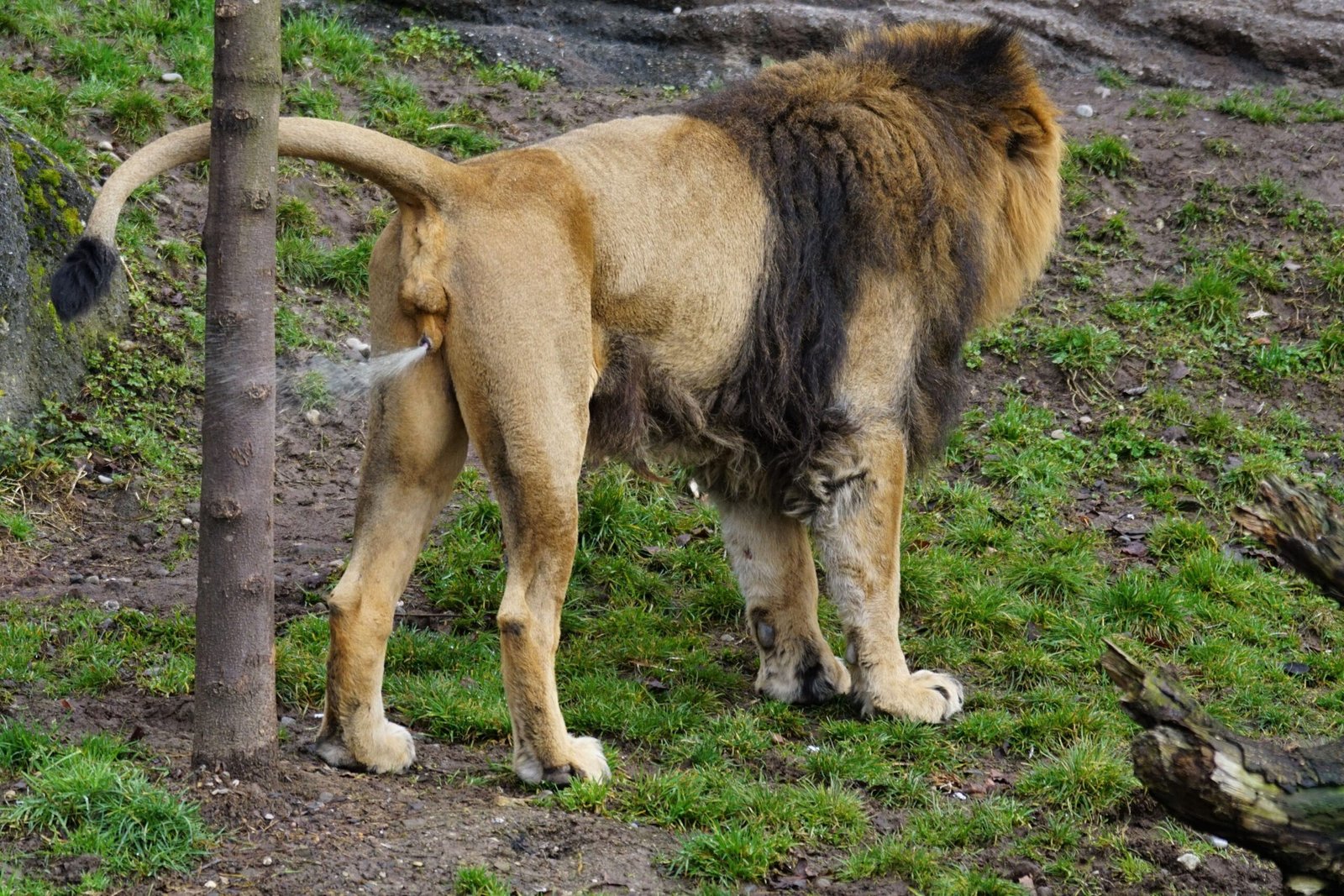
A male lion’s mane isn’t just for show—it’s like wearing a resume on your head. Darker, fuller manes signal higher testosterone levels and better fighting ability to both rivals and potential mates. Lions with impressive dark manes are more likely to win territorial battles and attract females. The mane also provides protection during fights, acting like natural armor around the neck and head. Scientists have discovered that lionesses prefer males with darker manes, proving that in the lion world, hair really does matter for dating success.
Cubs Have Spots Like Leopards
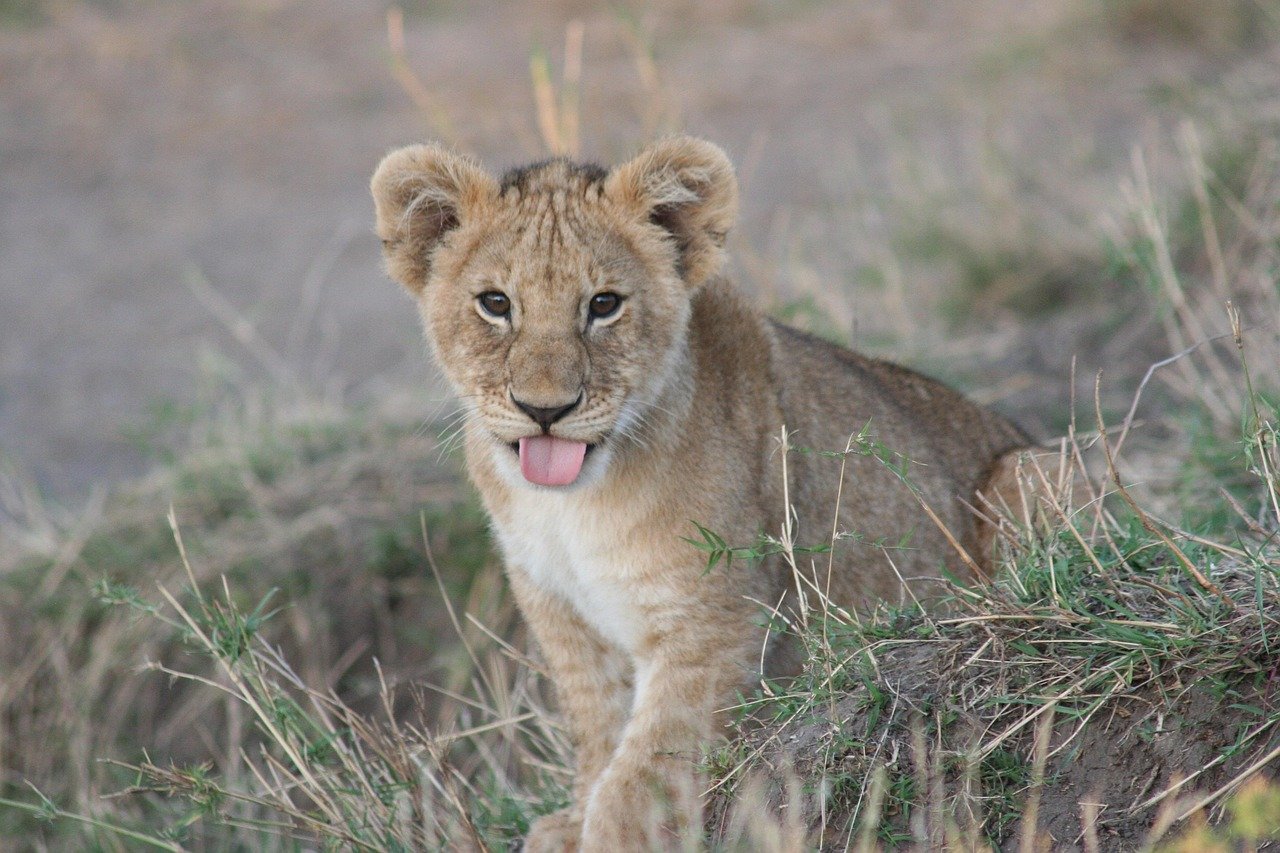
Baby lions look completely different from their parents, sporting cute spotted coats that make them look more like tiny leopards than future kings of the jungle. These spots serve as perfect camouflage, helping vulnerable cubs blend into tall grass and shadows while their mothers hunt. The spots gradually fade as the cubs grow, usually disappearing completely by their first birthday. It’s nature’s way of giving the little ones extra protection during their most vulnerable months. Some adult lions keep faint spot patterns on their legs and belly throughout their lives, like permanent baby photos.
Lions Can’t Climb Trees Well
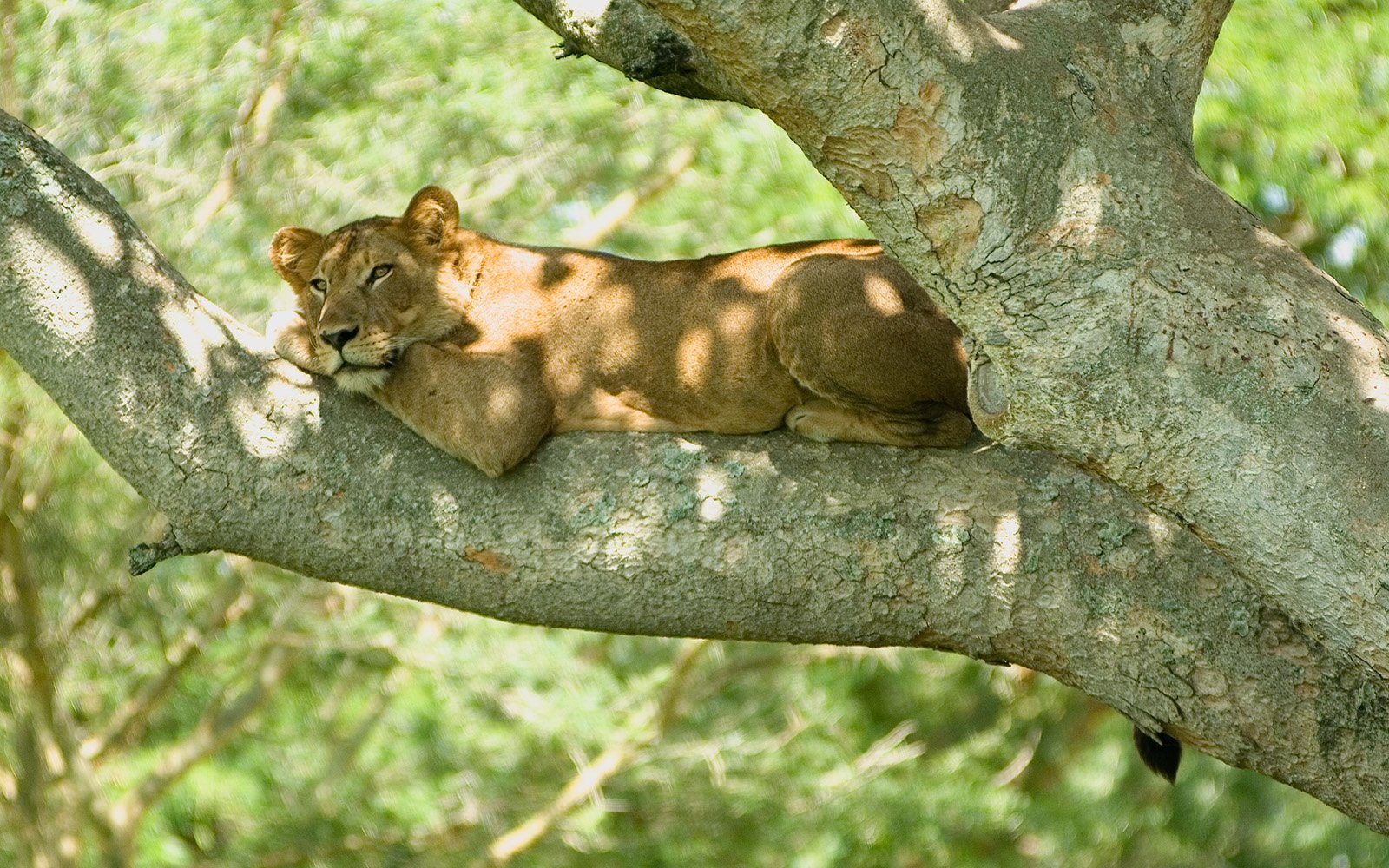
Despite being powerful predators, lions are surprisingly clumsy when it comes to climbing trees. Their heavy, muscular bodies make them poor climbers compared to leopards or other big cats. You might occasionally see a lion lounging in a tree, but getting down is often an embarrassing affair involving lots of backward scrambling. This limitation affects their hunting strategies and sometimes allows prey to escape by simply climbing up. It’s like watching a bodybuilder try to do gymnastics—impressive strength, but not built for delicate maneuvers.
Pride Territories Can Be Huge

A lion pride’s territory can stretch across areas larger than entire cities, sometimes covering up to 100 square miles. These massive territories are carefully patrolled and marked with scent to keep other prides away. The size depends on how much prey is available—areas with lots of zebras and antelope support smaller territories, while harsh regions require much larger hunting grounds. Lions spend considerable time walking their boundaries, like security guards making rounds. Losing territory means losing access to food and water, making these invisible borders matters of life and death.
Lions Have a Second Nose
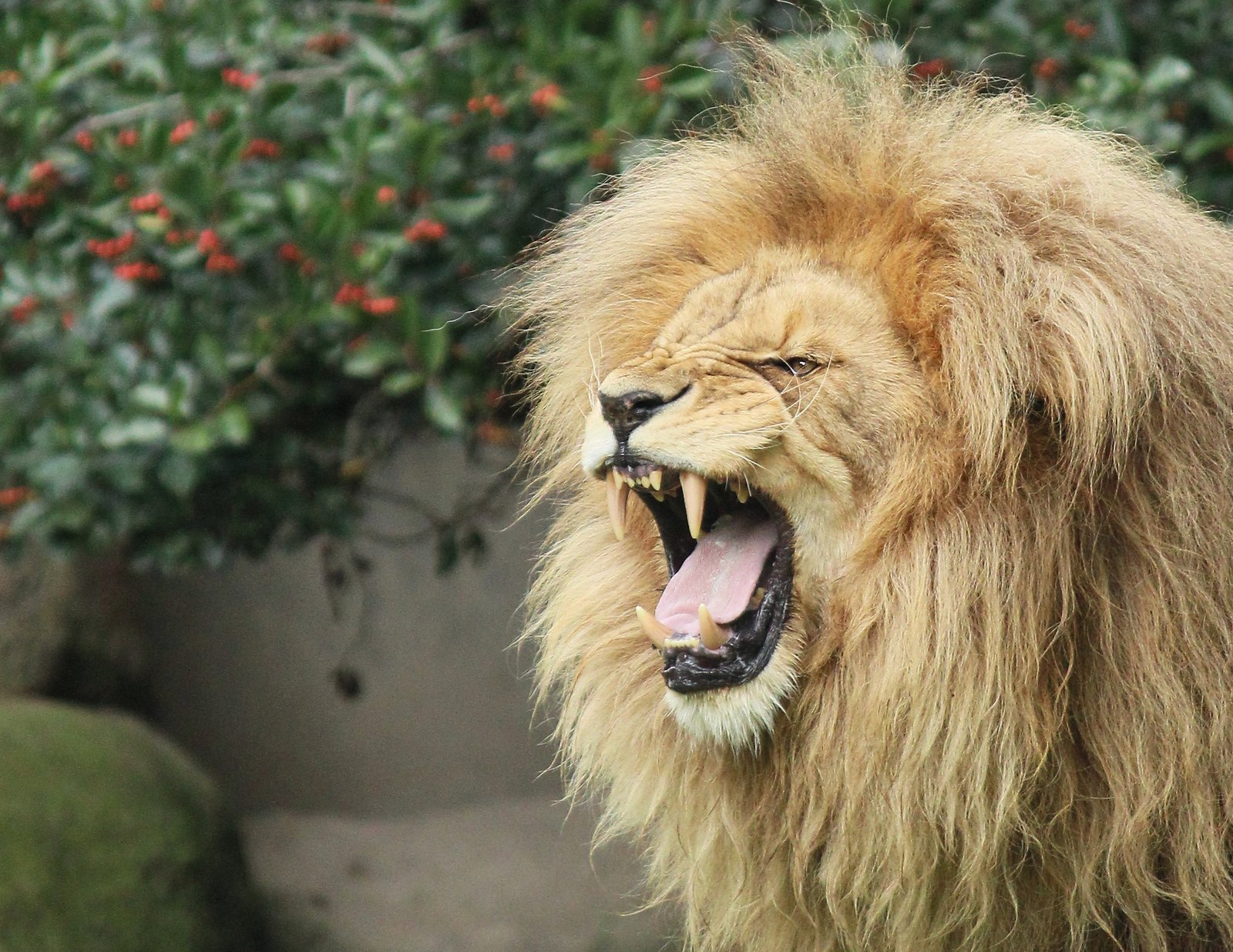
Lions possess a secret weapon called the vomeronasal organ, essentially giving them a second nose located in the roof of their mouth. When you see a lion making that strange face with its mouth slightly open and lips curled back, it’s actually “tasting” scents in the air. This behavior, called flehming, helps them detect pheromones and gather detailed information about other lions in the area. It’s like having super-powered smell that can tell them who passed by, when, and even their emotional state. This extra sensory ability gives lions a huge advantage in tracking prey and monitoring their territory.
Group Hunting Success Rate is Only 30%
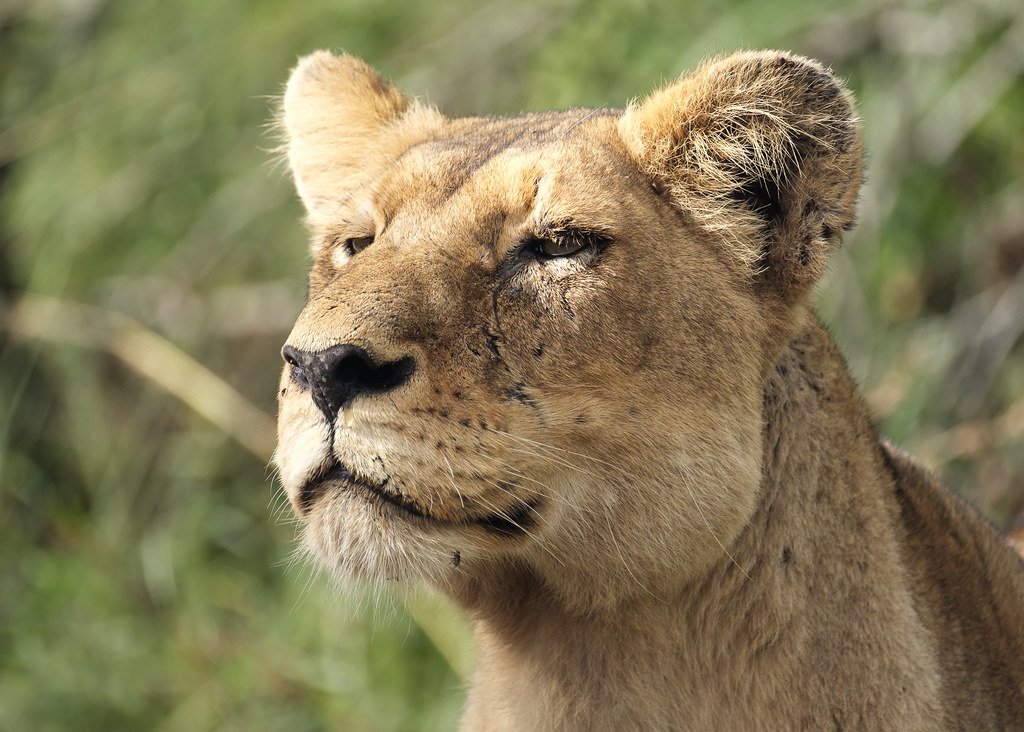
Even though lionesses are skilled hunters working as a team, their success rate is surprisingly low at just 30%. This means seven out of ten hunts end in failure, with prey escaping despite the lions’ best efforts. The African savanna is full of fast, alert animals that have evolved specifically to avoid becoming lion dinner. Weather, terrain, and even the moon phase can affect hunting success. This low success rate explains why lions need such large territories and why they can’t afford to be picky eaters when they do make a kill.
What behavior surprised you most about these magnificent predators?
Hi, I’m Bola, a passionate writer and creative strategist with a knack for crafting compelling content that educates, inspires, and connects. Over the years, I’ve honed my skills across various writing fields, including content creation, copywriting, online course development, and video scriptwriting.
When I’m not at my desk, you’ll find me exploring new ideas, reading books, or brainstorming creative ways to solve challenges. I believe that words have the power to transform, and I’m here to help you leverage that power for success.
Thanks for stopping by, Keep coming to this website to checkout new articles form me. You’d always love it!






